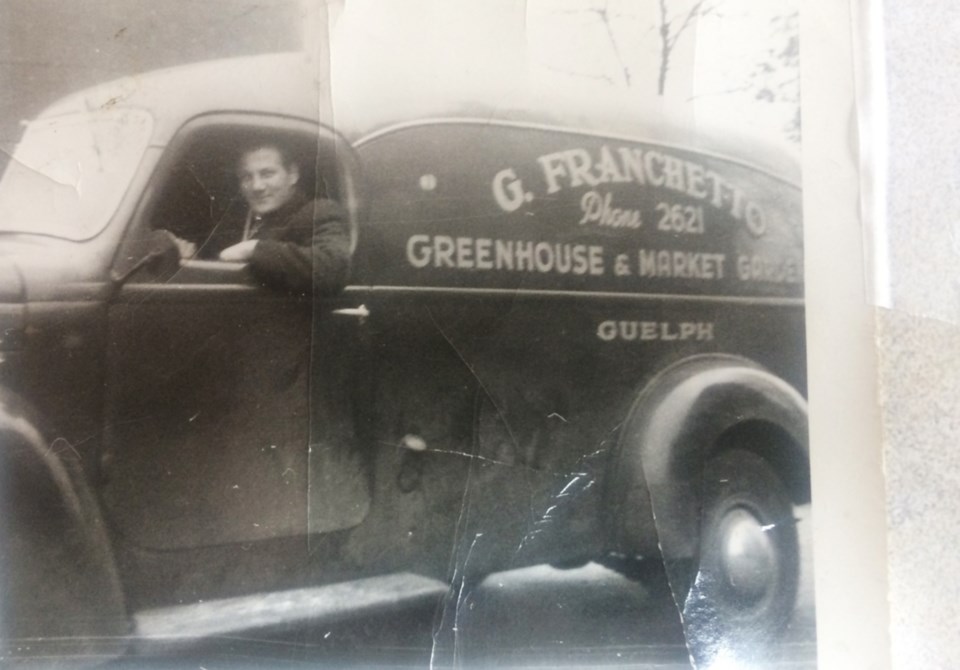Guest blogger, Cathy Crenna, writes about the history of Italian migrants in Canada where she lives in Guelph. Cathy’s ancestors are linked to Secondo Tonellato, who had migrated from Caselle di Altivole to Adelaide in 1927.
Cathy wrote two blogs last year about her family history research
Italian immigration to Canada occurred in two main waves, from 1900 to the First World War and from 1950 to 1970. The second wave of Italian immigration was second only to immigration from Great Britain. The northern Italian rural Venetian and Fruili regions, along with almost all regions of southern Italy, were sources of Italian immigration to Canada. There are about 1.4 million Canadians of Italian descendent in Canada today. Most arrived by ship at Pier 21 in Halifax, Nova Scotia, or at Ellis Island, New York, U.S.A.
By far most immigrants came for the work offered in major centres of Montreal, Toronto and Vancouver, however, a number of labourers eventually decided to settle in smaller numbers in Cape Breton, Nova Scotia, and communities surrounding the major centres. Some Italians established orchards, vineyards and vegetable farms in agricultural communities in western Canadian provinces of Manitoba and Alberta, and British Columbia. Many Italians living in the outskirts of Montreal grew small crops on unoccupied fields for local consumption and to provide additional support for their families. They came to make money, planning on returning to Italy, often travelling back and forth many times. Often the return trip to Canada would include relatives and friends inspired by the opportunities in Canada. Some immigrants came to stay.

In areas where Italian families settled, often because of kinship or village ties, “Little Italys”, or ethnic neighbourhoods developed. In Guelph, where I grew up, our neighbourhood of Italian immigrants was known as “The Ward”. Identifying with other Italians and sharing family and group loyalty provided a sense of security and extended families into a much larger group of paesani connected by personal bonds.
The Italian-Canadian Cultural Community had a strong role in supporting Italian identity and success in Canada. In Dominion, Cape Breton Island, one of the largest Italian communities east of Montreal, immigrants built the Dominion Italian Hall in 1936.
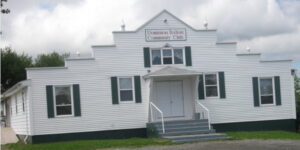
Most families originated in the province of Treviso. In the Lakehead area of Northern Ontario, there were over 2,000 Italians by 1921 – Port Arthur predominantly southern Italian and Fort William, northern Italian. In 1929, an Italian Society was formed and their first Italian Hall opened in 1939. In Port Colborne, the Italian Canadian Cultural Centre was established in 1935. In cities and towns all across Canada societies were formed and halls were built that were a great source of pride for the members and the community
Mutual support societies and Italian cultural communities, with or without a formal club or hall, provided an element of dignity and self-respect. It gave the Italian community support with integration and growth into the Canadian society. Members now had a place where they could meet, gossip, play cards, and play leadership roles inside and outside the membership.


Cultural Associations are very much alive in Canada today, particularly in the large cities. Serving several generations, Italian Canadians clubs offer Italian language school for adults and children, financial assistance for pensioners, choir, social events, sports programs and events, and food and drink throughout the year. Italian clubs in smaller cities struggle with declining membership.
The Italian Canadian Club of Guelph in my hometown, serving a population of about 20,000 citizens of Italian heritage, was central to many social activities for the Italian Community. In 1989 the I.C.C. hosted a Caselle di Altivole, Treviso reunion with attendees coming to Guelph from All Canada, USA and Italy.
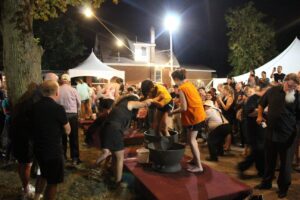
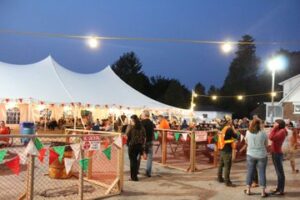
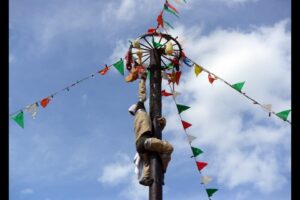
The Festival Italiano was a favourite every summer, but with declining attendance, 2017 was the last year it was held. Second, third and fourth generation Italian family lifestyles had changed. Cheese-rolling, grease-pole climbing, grape-stomping and spaghetti eating contests, were not as interesting to the younger population.
Shared stores enrich the history of our community. Stories of childhood memories in Italy, the courage and sacrifices during and after the war, reasons for leaving the homeland, challenges of crossing the Atlantic, the arrival and its first hardships, accomplishments and personal and career successes, all these stories and more reveal the vibrancy of a people whose deepest wish was to improve themselves and the lives of those they loved.
Since 2011, June has been known as Italian Heritage Month in Ontario. The province aims to recognize the contributions Italian immigrants have made in building Ontario’s communities. The contributions of Italians to the development of Canada are respected and honoured.
Cathy Crenna
28 November 2021
